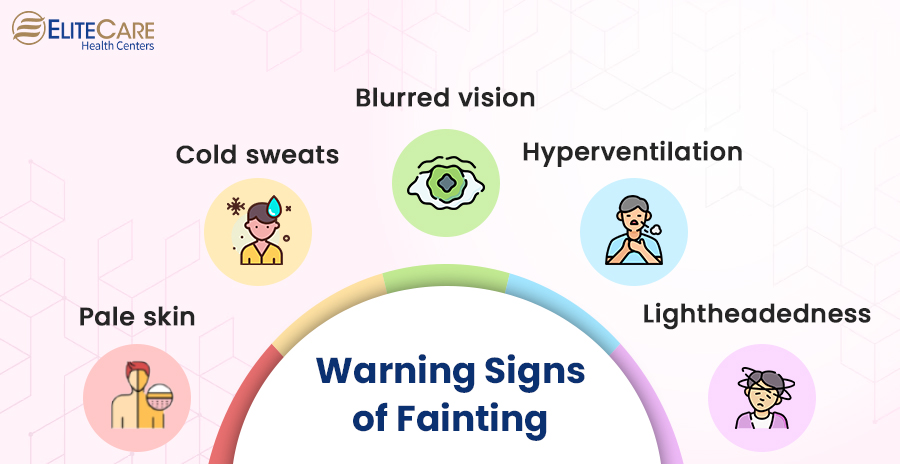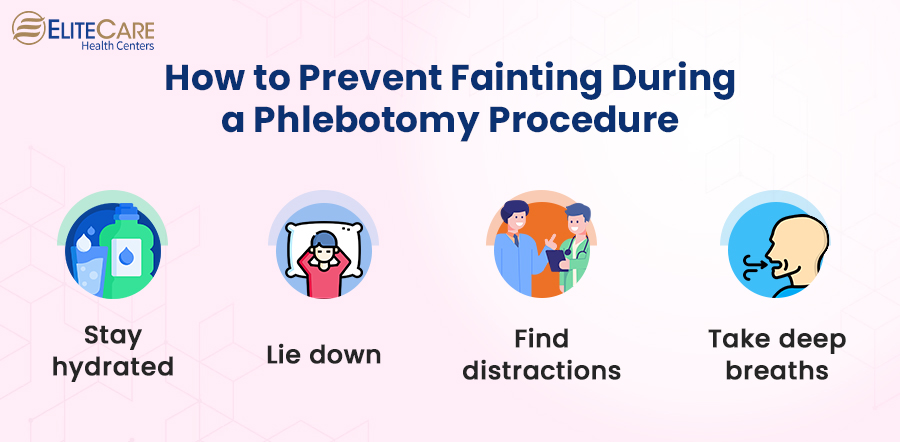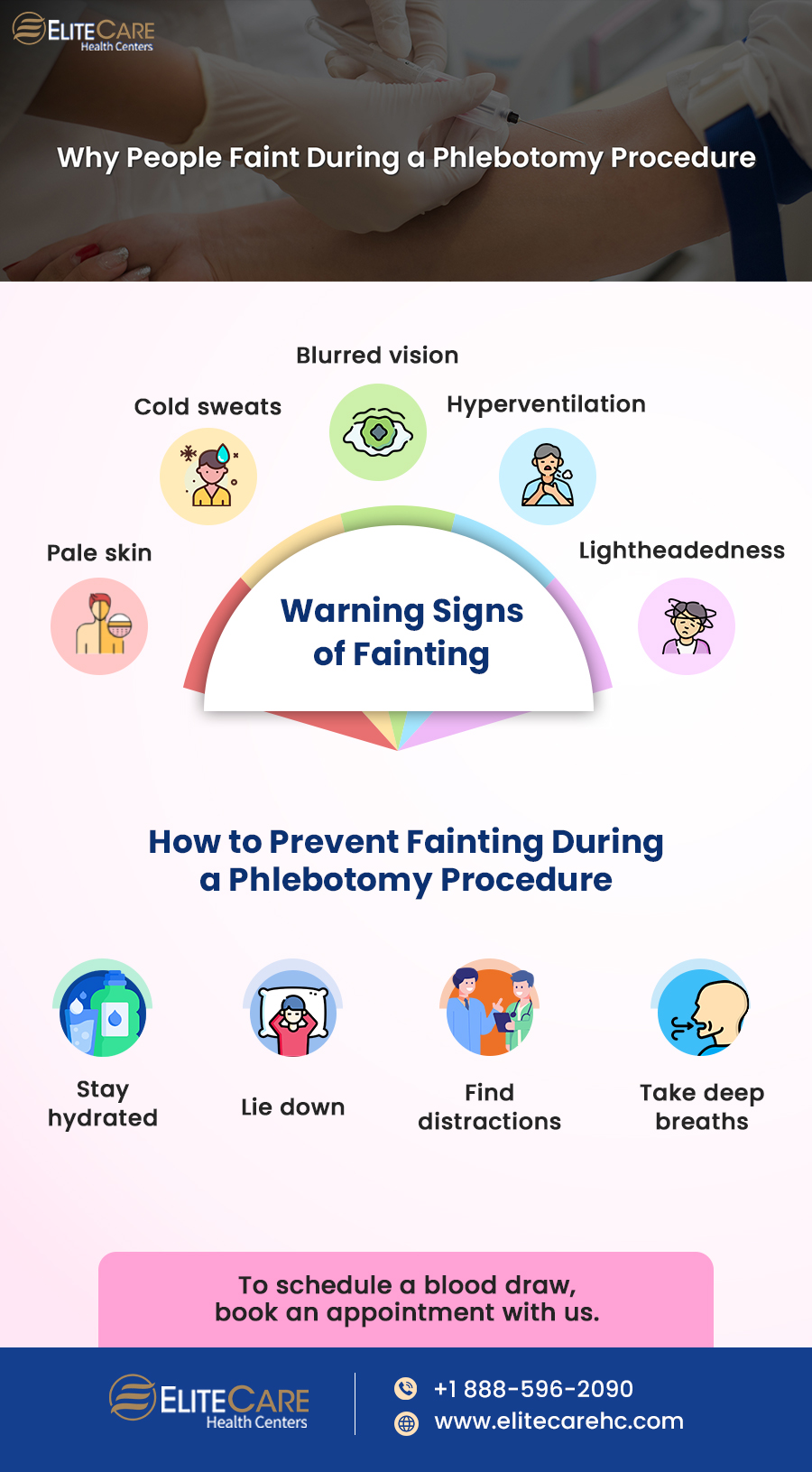
Phlebotomy is a medical procedure that involves the collection of blood samples from patients for laboratory analysis or testing. The word “phlebotomy” comes from the Greek word “phleb,” meaning vein, and “tomia,” which means cutting. A qualified healthcare professional, mostly a phlebotomist or nurse, is responsible for performing this procedure.
Phlebotomy plays a critical role in the diagnosis and treatment of various medical conditions like anemia, kidney disease and cancer. Blood samples collected during phlebotomy can provide valuable information about a patient’s health, including the presence of infections, the levels of various chemicals and hormones in the body, and the functioning of vital organs such as the liver and kidneys. However, some people are prone to fainting during or immediately after the blood drawing procedure as a result of the vasovagal response.
The vasovagal response is a reflex that causes a drop in blood pressure and heart rate in response to certain triggers, such as pain, anxiety, or the sight of blood; this in turn can cause people to feel lightheaded or dizzy. But why are some people more likely to experience fainting spells during phlebotomy? What exactly happens during the procedure? Read on to find out.
What Happens During Phlebotomy?
These are the steps that a phlebotomist will carry out during the procedure:
- The phlebotomist will first examine the patient’s arm to identify a suitable vein for the blood draw. The most commonly used veins are located in the inner elbow or veins located elsewhere may be used.
- They will then clean the skin over the selected vein with an antiseptic solution to prevent infection.
- A tourniquet or band will be placed around the upper arm to help the vein stand out more prominently.
- Using a sterile needle and syringe, the phlebotomist will puncture the selected vein. At this point, the patient may feel a slight prick or discomfort.
- Once the needle is in place, the phlebotomist will begin to collect the blood into the syringe or a collection tube.
- After the blood draw is complete, they will remove the needle and apply pressure to the puncture site to stop bleeding. A cotton ball or band-aid plaster may also be applied to the site.
Although phlebotomy is a relatively simple and quick procedure, some individuals may find it uncomfortable or unpleasant due to their fear of needles, pain or anxiety. In some cases, people may even end up fainting during the procedure which can increase their risk of suffering from injuries.
Approximately 2.5% of people who undergo phlebotomy are likely to experience syncope or fainting during the procedure. There are several factors that can contribute to this problem:
Firstly, phlebotomy can cause a drop in blood pressure, especially in people who are dehydrated or suffering from hypotension. Secondly, the procedure can trigger a vasovagal response, a reflex that causes the heart rate to slow down and the blood vessels to dilate, which can lead to low blood pressure. And lastly, anxiety or fear associated with the procedure can also trigger the vasovagal response and cause fainting.
Most people who faint during blood draws are likely to present some signs and symptoms before they lose consciousness.
Warning Signs That Occur Before Fainting

Some common signs that people may present before fainting include:
- Pale skin
- Cold sweats
- Blurred vision
- Hyperventilation
- Lightheadedness
Individuals who frequently faint during phlebotomy procedures must make sure to inform their healthcare provider about this problem. This can help physicians offer guidance on ways to reduce some of the pain and anxiety associated with blood draws and provide the necessary support throughout the procedure.
How to Avoid Fainting During a Phlebotomy Procedure?

For people that are prone to fainting during a phlebotomy procedure, there are several steps that can be taken to avoid or minimize the risk of fainting:
Stay hydrated
Drinking plenty of water before the appointment can help maintain stable blood pressure.
Lie down
People who are prone to fainting can ask their phlebotomist if they can lie down during the procedure. This can help prevent blood from pooling in the legs which often triggers the vasovagal reflex.
Find distractions
Distracting oneself by engaging in conversation or focusing on something else during the procedure can help take the mind off the anxiety associated with blood draws.
Practice deep breathing
Practicing deep breathing or meditation before and during the procedure can also help reduce stress and anxiety.
If an individual still feels lightheaded and dizzy during the procedure despite taking these steps, it is important to promptly inform the healthcare provider about it. This will enable them to take quick measures to avoid any potential harm or injury.
Conclusion
Phlebotomy serves a critical role in medicine, functioning as both a diagnostic tool and a means of monitoring treatment effectiveness. It can help determine whether a person’s medication levels are within the therapeutic range or whether adjustments are necessary. As phlebotomy involves sharp needles and the extraction of blood, it is quite common to experience feelings of anxiety or even lose consciousness during the procedure. However, it is possible to take certain steps beforehand to help one prepare physically and mentally for phlebotomy and blood draws in general.
If your physician has prescribed a phlebotomy procedure, you can visit the nearest EliteCare clinic to receive this service. EliteCare is one of Florida’s best medical clinics, with a team of highly trained primary care physicians who offer senior care services. Some of their services include venipuncture, immunizations, preventative care and more. Visit their website to schedule an appointment today.






